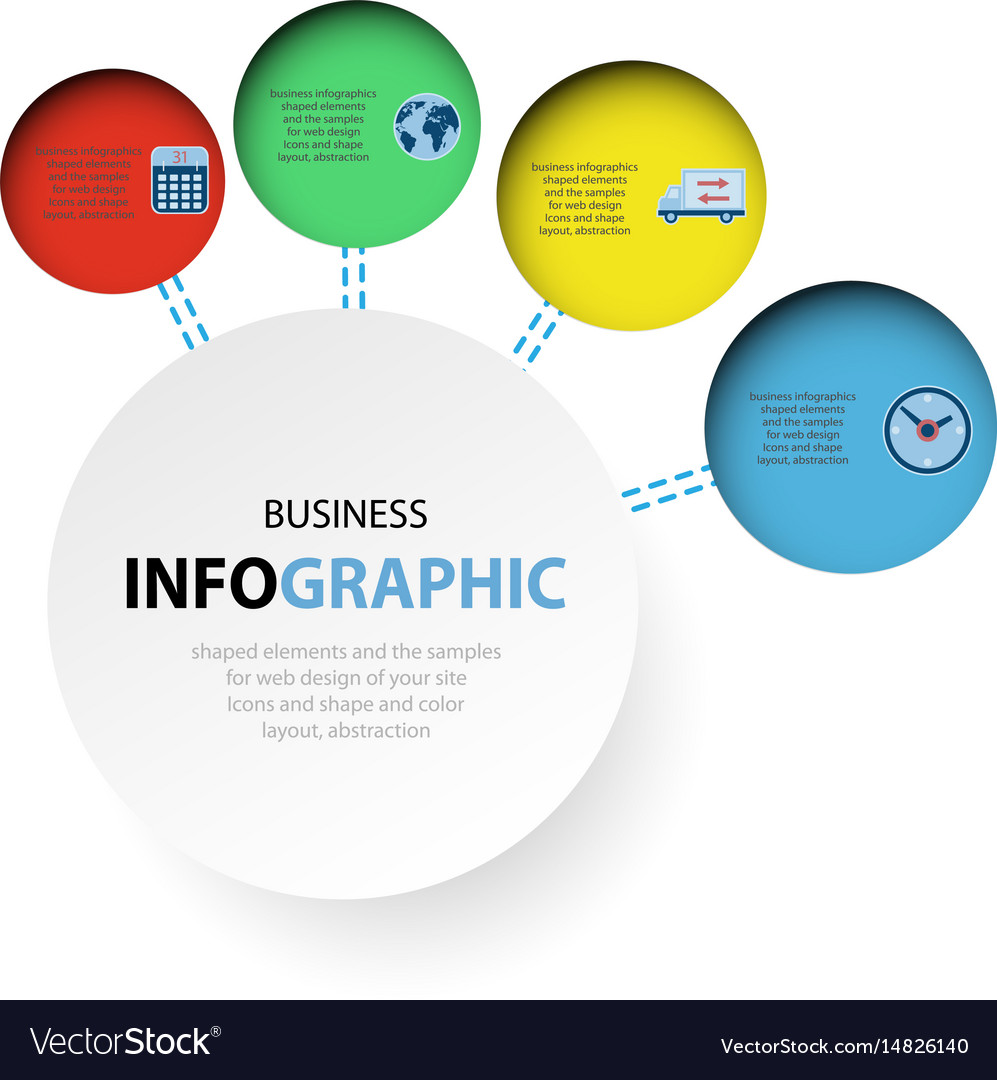Keen To Discover Exactly How Website Style Has Changed Over Time? Study The Evolution From Simplicity To User-Focused Experiences
Keen To Discover Exactly How Website Style Has Changed Over Time? Study The Evolution From Simplicity To User-Focused Experiences
Blog Article
Article By-Kahn Dalby
In the past, sites were easy and focused on details. Navigating was direct, and design was for desktops. Now, individual experience is essential. Information guides designs for easy navigation. Receptive formats match different tools. Today, dark mode reduces strain, and minimalist food selections boost navigation. Interactive functions engage users, and vibrant visuals stand out. AI combination improves engagement. See just how design has actually developed to boost your on-line journey.
Early Days of Web Design
In the early days of website design, simplicity reigned supreme. Websites were fundamental, with minimal colors, font styles, and designs. The emphasis was on supplying details instead of flashy visuals. Individuals accessed the net through sluggish dial-up connections, so speed and functionality were crucial.
Navigation food selections were straightforward, commonly situated at the top or side of the page. Sites were developed for desktop computers, as mobile surfing wasn't yet widespread. Content was king, and designers prioritized easy readability over complicated style elements.
HTML was the key coding language made use of, and developers needed to work within its restrictions. Computer animations and interactive attributes were marginal compared to today's criteria. How Long Does It Take For Medical SEO To Work FT Worth were static, with little dynamic web content or personalized user experiences.
Increase of User-Focused Style
With the development of website style, a shift in the direction of user-focused style principles has ended up being increasingly prominent. Today, developing sites that prioritize individual experience is important for engaging site visitors and attaining service goals. User-focused layout entails recognizing the requirements, preferences, and habits of your target market to customize the website's layout, content, and features appropriately.
Developers currently perform detailed research, such as customer studies and use testing, to gather insights and feedback directly from individuals. This data-driven strategy assists in developing instinctive navigating, clear calls-to-action, and visually enticing user interfaces that resonate with site visitors. By placing the customer at the facility of the design procedure, internet sites can supply a much more customized and delightful experience.
Receptive style has likewise become a vital element of user-focused layout, making sure that internet sites are maximized for numerous tools and display dimensions. This versatility improves accessibility and usability, accommodating the diverse means customers interact with internet sites today. Basically, the rise of user-focused style represents a change towards developing electronic experiences that prioritize the demands and expectations of completion user.
Modern Trends in Web Design
Explore the most up to date trends forming web design today. One famous pattern is dark setting design, offering a smooth and contemporary look while lowering eye strain in low-light environments. One more crucial fad is minimalist navigation, simplifying menus and improving individual experience by focusing on essential elements. Integrating micro-interactions, such as computer animated buttons or scrolling effects, can produce a much more interesting and interactive site. Receptive style stays important, guaranteeing seamless user experiences throughout numerous tools. In addition, using bold typography and asymmetrical designs can include visual interest and draw attention to details web content.
Integrating AI technology, like chatbots for client assistance or personalized referrals, enhances user interaction and streamlines procedures. Ease of https://www.google.com/maps/place/Moon+and+Owl+Marketing/@32.9757271,-106.5344695,1840583m/data=!3m1!1e3!4m6!3m5!1s0x864ddeaa4179705b:0x488d41d2cc6b9750!8m2!3d32.9757271!4d-97.5696258!16s%2Fg%2F11b6mpccrg?entry=ttu&g_ep=EgoyMDI1MDIxMS4wIKXMDSoJLDEwMjExNDUzSAFQAw%3D%3D has additionally come to be a significant trend, with designers prioritizing comprehensive design techniques to cater to diverse user demands. Accepting sustainability by maximizing web site efficiency for speed and performance is one more arising trend in web design. Teaming up with individual responses and data analytics to repeat and improve layout constantly is necessary for staying pertinent in the ever-evolving electronic landscape. By welcoming these modern-day trends, you can create an aesthetically appealing, straightforward web site that reverberates with your audience.
Conclusion
As you assess the advancement of site design from the early days to now, you can see how user-focused style has become the driving pressure behind contemporary patterns.
Embrace the journey of change and adjustment in web design, always maintaining the individual experience at the forefront.
Remain current with the most recent patterns and innovations, and never stop advancing your method to create aesthetically spectacular and easy to use sites.
Advance, adjust, and develop - the future of web design is in your hands.
